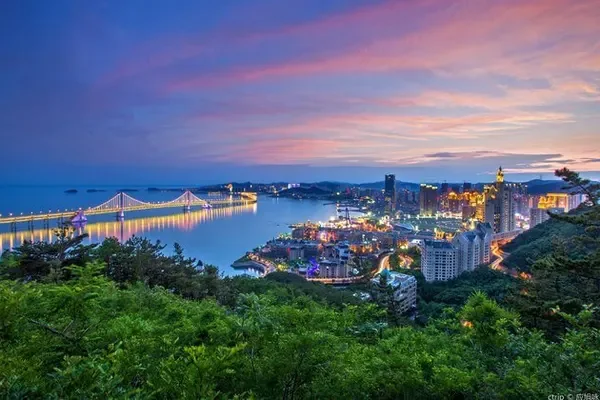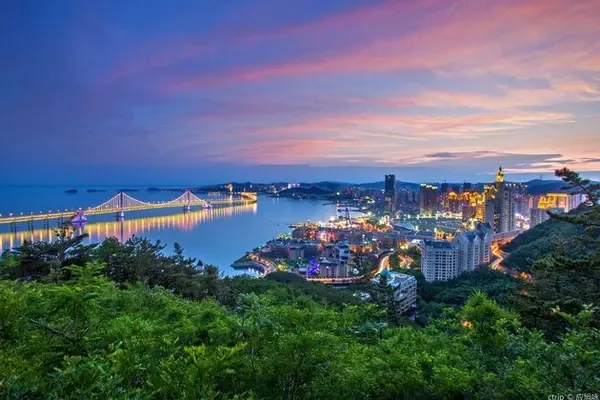introduce
Xianren Cliff is 15 kilometers away from Maijishan Grottoes, consisting of three cliffs, five peaks and six temples. Cuifeng towers high on the top of the cliff, and the temples are built between the top of the peak or the cliffs, which is quite elegant. The three cliffs are called Dongya, Xiya and Nanya according to their directions. The five peaks are Yuhuang Peak, Baogai Peak, Xianzhu Peak, Dongya Peak and Xiya Peak. The six temples are Mulian Temple, Shilian Temple, Tielian Temple, Hualien Temple, Shuilian Temple and Lingying Temple. The "Five Peaks" and the peaks of Luohan Valley are arranged in different ways, with various postures. If you bow to the "Jade Emperor Peak", it is known as the "Eighteen Arhat Dynasty Jade Emperors".

The temples on Xianrenya are always called Huayan Temple. In the 14th year of Yongle in the Ming Dynasty, Ming Chengzu Zhu Di changed the name of Huayan Temple to Lingying Temple. Mansion), became the private family temple of the Zhu family in Han Kaifu. Therefore, most people often call Xianrenya and Lingying Temple each other.
Xianrenya is rich in cultural and tourism resources. For example, the Xiya Temple was built and repaired in the Tang, Song, Ming, and Qing dynasties. A small inclined beam frame in the northwest corner of the Great Buddha Hall is identified by experts as a relic of the Tang Dynasty roof truss. There is an Arhat Hall on the east cliff, which is dedicated to the Buddha and eighteen Arhats. It is a building and statue in the Ming Dynasty. Although the Nanya Randeng Pavilion was destroyed by fire during the Daoguang period of the Qing Dynasty, there are still statues of the late Northern Wei Dynasty left. Shiyan Cave is the place where Su Wang Zhu Chihong (the fifteenth generation grandson of Han Wang Zhu Song, hereditary and Su Wang), the great swordsman Wang Shiyong, and the great calligrapher Wang Wangwang lived in seclusion and discussed Taoism in the late Ming Dynasty. Between the walls and rocks under the southeast side of Yuhuang Pavilion, there are grotto Buddhist niches, which contain murals of the Tang Dynasty.
opening hours
08:00-17:30 all year round

